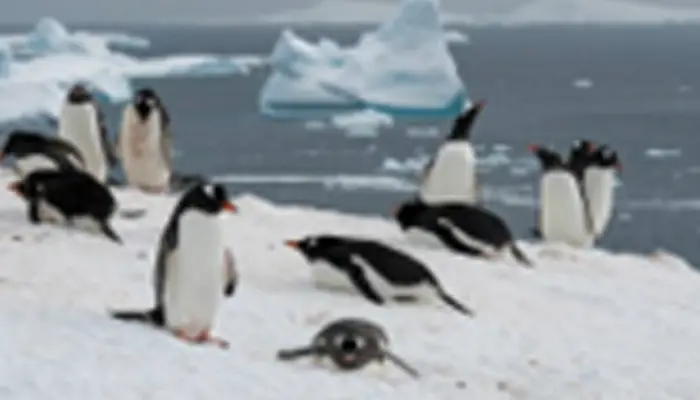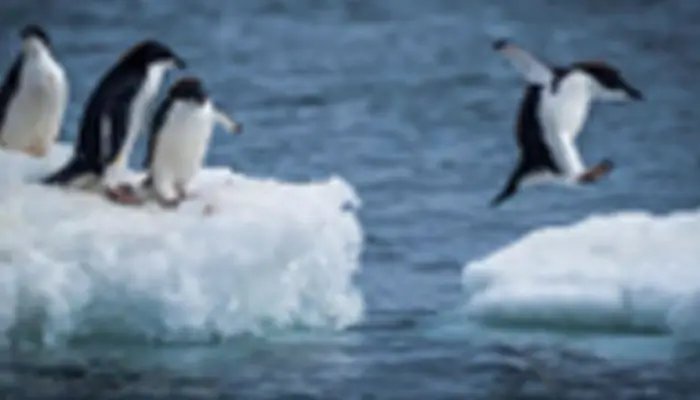Antarctic Winter Sea Ice Plummet to 'Extreme' Record Low, Echoes 2023 Trends
- Admin
- 1 year ago
- 3 minutes read

During the waning days of the southern summer, Antarctica witnessed its annual minimum sea ice extent. Surpassing the record low of 2023 by a narrow margin, the area of ocean containing at least 15% sea ice remained a cause for concern. The U.S. National Snow and Ice Data Center (NSIDC) highlighted this alarming trend on September 25, underscoring the escalating impact of climate change on the southern pole. In a disquieting revelation, the NSIDC disclosed that Antarctic sea ice extent had reached a historic low during the winter season. Satellite records dating back to 1979 illustrated this grim reality, with the winter maximum in 2023 plummeting to 16.96 million square kilometers, a stark contrast to previous records. This decline, totaling approximately 1 million square kilometers less ice compared to the previous winter's peak in 1986, underscores the pressing need for concerted global action to mitigate climate change's profound effects on Antarctica's delicate ecosystems.
Climate Change's Impact on Polar Sea Ice: Threats to Ecosystems and Species
Researchers have issued a warning about the significant impact of shifting sea ice patterns, particularly on vulnerable species like penguins that rely on it for breeding and raising their young. This shift not only poses a threat to these animals but also accelerates global warming by reducing the amount of sunlight reflected by the white ice back into space.
Describing the current situation as more than just a record-breaking year, NSIDC senior scientist Walt Meier emphasized the extreme nature of the changes observed. The NSIDC has stated that while the figures are preliminary, a comprehensive analysis will be released in the coming month.

In the Southern Hemisphere, where seasons are reversed, sea ice typically reaches its peak around September, towards the end of winter, and then gradually melts to its lowest point in February or March as summer draws to a close. However, recent trends have shown a disturbing decline in summer Antarctic sea ice extent, breaking previous records set in 2022.
The Arctic region has borne the brunt of climate change over the past decade, experiencing rapid deterioration of sea ice as temperatures rise four times faster than the global average. While the impact of climate change on melting glaciers in Antarctica is well-documented, the effects on sea ice near the southern pole have been less certain. Interestingly, between 2007 and 2016, there was actually a period of growth in sea ice extent in this region, further complicating our understanding of the complex dynamics at play.
Concerns Rise Over Antarctic Sea Ice Decline Amid Climate Change Fears

In recent years, scientists have become increasingly concerned about the unprecedentedly low conditions observed in Antarctic sea ice. While Mr. Meier has urged caution, an academic article published in the journal Communications Earth and Environment this month highlighted climate change as a potential driver. The study, authored by Ariaan Purich, a sea ice researcher at Australia's Monash University, underscored the role of warming ocean temperatures, largely attributed to human-induced greenhouse gas emissions, in the declining sea ice levels observed since 2016.
The findings emphasize the urgent need to address our greenhouse gas emissions to safeguard these vital frozen regions, which hold significant ecological importance. Protecting these areas is paramount, not only for ecological reasons but also for their broader impacts. As Purich emphasized, reducing greenhouse gas emissions is imperative to mitigate the effects of climate change on these critical parts of the world. The study's conclusions underscore the importance of collective action in addressing climate change and its repercussions on fragile ecosystems like Antarctic sea ice.












